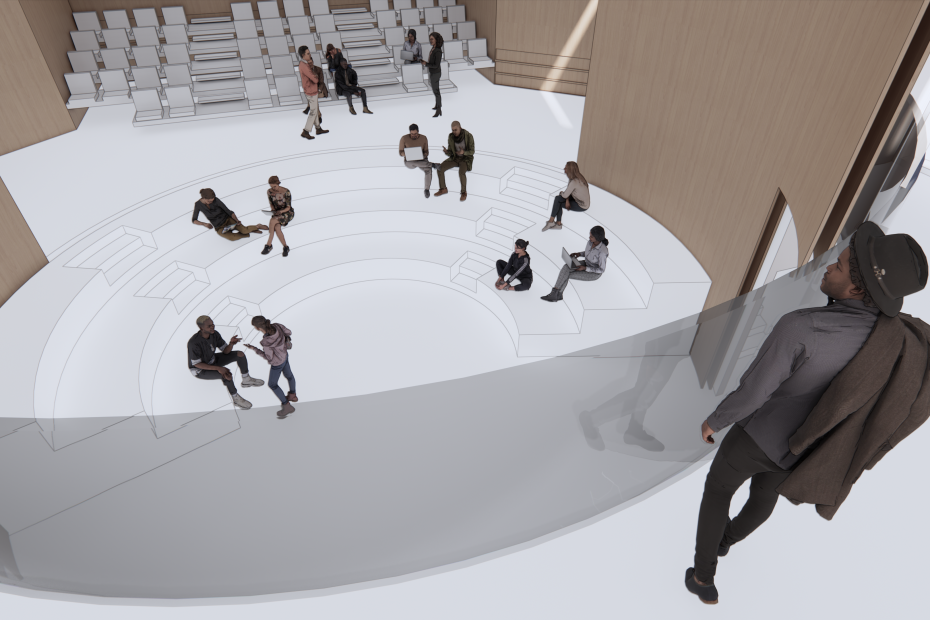With lecture halls facing extinction today, people often question whether we really need them anymore, as technology has developed and online communication can completely replace offline lectures and learning activities. However, in terms of historical development, lecture theatres as a traditional way of delivering lectures can provide a great learning atmosphere for people students, where students can find deficiencies with others for improvement and reference, offline unlike online communication which is so isolated, online learning in which each student seems to be confined to a small box, lacking communication with their teacher peers and problems are not solved in a timely manner. It is worth thinking about the fact that traditional offline lecture theatres no longer meet the requirements of today’s learning society, students in the lecture theatres only receive the lecturer’s content and do not think through their brains, they only learn passively, this way of learning will only make students tired of lectures as a way of learning, thus the lecture theatres become more and more useless, so with the rapid development of the network, the lecture theatres also need to develop horizontally, so that students The lecture theatre needs to evolve horizontally to allow students to learn actively while listening to lectures and to stimulate their interest as students. To sum up the above, my research question is how to turn passive learning into active learning in lecture theatre?
In my opinion, The layout and technology of the lecture theatre can be used to change the inadequacy of the current lecture theatre. With the vast majority of people now promoting interactive and flipped learning, new learning styles need to be matched with new lecture theatre layouts, where small group learning and discussions can focus students’ concentration and engage them in the learning process. Developed technology can drive students’ interest in learning, using large screens and computers to enable remote learning, thus involving more people, while on the other hand equipment such as projections can recreate scenes of events, making learning more experiential and promoting deeper thinking.

About me
I am Chenxiao Dai who is a postgraduate in architecture from Cardiff university. I am fascinated with architecture because it serves life and can relate to human behaviour, thus influencing generations of people. During my postgraduate studies, I focus on learning environment and design research. Architecture itself is a kind of communication between the present and the future, so one of the reasons why I love architecture is the same as what I wrote above, architecture can change people’s lives and record the development of society, and I hope I can use architecture to bring happiness to people in the future.
